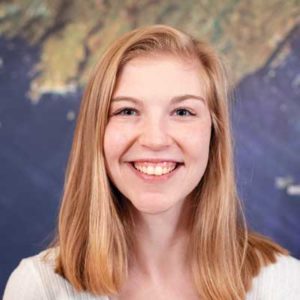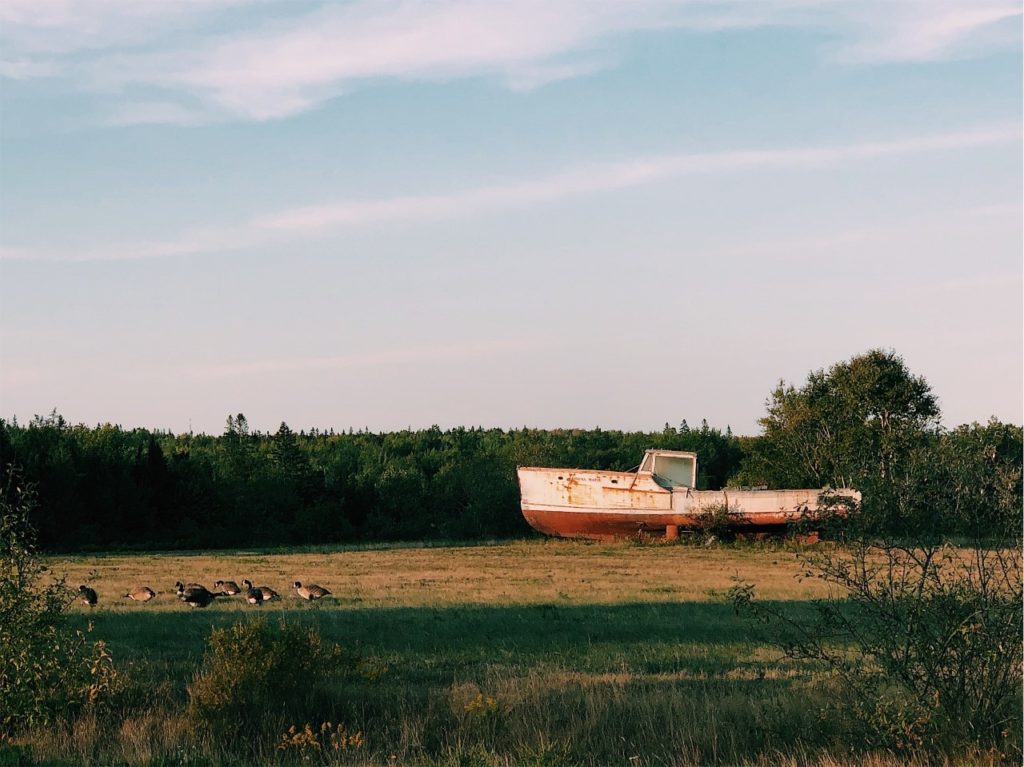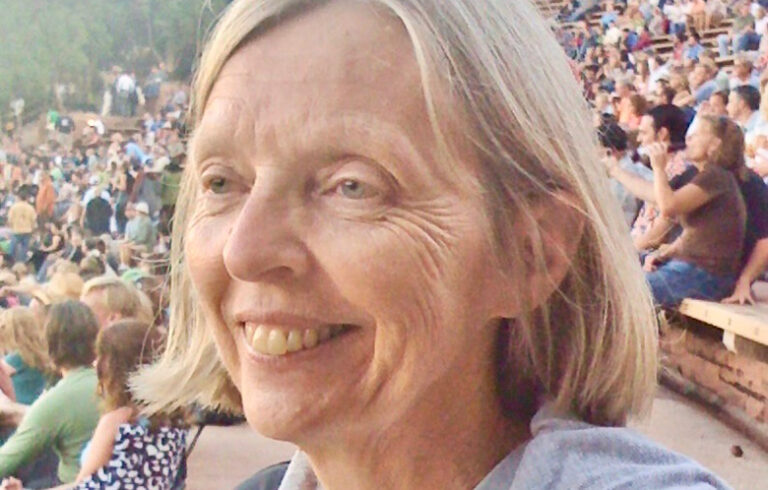Reflections is written by Island Fellows, recent college grads who do community service work on Maine islands and in coastal communities through the Island Institute, publisher of The Working Waterfront.
“Why would a young woman like you want to come here?” This was one of the first things said to me during my initial days as an Island Fellow for Downeast Institute in Beals.
I was caught off guard. Is this a question that everyone gets asked when they move to a different place and start a new job? Or is it just when you happen to be doing both of those in rural coastal Maine in the midst of a global pandemic?
Having lived in the Midcoast for the past 14 years, I thought I had come to know and love this state well. When presented with the opportunity to move to the Downeast region, I was confident it would seem like a familiar experience, perhaps only a slight extension of the bounds of my comfort zone. That couldn’t have been further from the truth.

For example, driving over the short bridge connecting Beals to the mainland in Jonesport reminds me faintly of the ride over the Passagassawakeag River in Belfast. However, my view from the Jonesport-Beals bridge is one of lobster and fishing fleets with A.C. Inc.’s bright yellow smiley face flags blowing in the persistent wind, not the custom boats you see at Front Street Shipyard in Belfast.
Plus, the recently rebuilt Jonesport-Beals bridge had its grand opening only one week before my arrival—it is new, just like me.
I have quickly recognized a few other substantial differences between the Maine I previously knew and the Maine I am being introduced to. Growing up in the Belfast area did nothing to prepare me for the onslaught of fishing, aquaculture, and marine science terminology I have learned in the past few weeks.
Raised playing on the rocky coast and helping out on family fishing boats, it is no wonder that many of the elementary school students I’ve met in Beals know more about these things than I do.
Everyone is referred to by first name, every family member is accounted for, and it is not uncommon to know who owns every house…
I have also had the pleasure of observing authentic small-town life. While I thought Belfast was small, Beals has a year-round population of less than 500. One of my favorite aspects of island living has been simply listening to how locals talk to each other. Everyone is referred to by first name, every family member is accounted for, and it is not uncommon to know who owns every house and property on the island.
Although I have only lived in Beals for about a month, I feel as though I’ve already been let in on more insider knowledge than in all my years in Maine. I can show you which rock on Great Wass Island is referred to as “ship stern rock.” And I can describe how to find the elusive cloudberry that grows in Beals but hardly anywhere else in the country.
So, what is my answer to that looming question at the start of this column? I say, “Let’s find out.”
“Let’s find out” is the approach the education program at Downeast Institute uses to encourage student questions and curiosities about the natural world. This approach takes the pressure off educators to know the correct answer to every question asked, especially when students pose questions that may not have been answered before.
In the same way, the “let’s find out” approach encourages me to begin my new adventure with the curiosity and excitement to learn everything this wonderful place, people, and environment have to offer. Even though I certainly do not know all the answers that lie ahead.
Greene has lived in the MidCoast since she was eight years old. She graduated from Wheaton College in 2020 with a B.A. in environmental science and double minors in public policy and public health studies. She will be based on Beals Island, working with the Downeast Institute supporting educational programming and community research projects.





